The Sungai Buloh Settlement Council
In 1951, the first local council election in the Federation of Malaya was held in George Town, Penang. However, the Valley of Hope was way ahead – by then it already has a Patients Council, fully elected with the participation of all of its inmates. The Valley of Hope, with a population of more than 2,000 patients at that time, was akin to a sizeable village. Since the Council was established in 1946, it had been holding a democratic election biannually to elect new council members.
Group photo of the first committee members of the Sungai Buloh Settlement Council. (photo courtesy of Sinathambby)
The establishment of the Patients Council was initiated by Lieutenant Colonel J. H. Mathews, a representative of the British military administration. In 1958, the then Council Secretary, A. Joshua Raghavar, secured $160,000 from the National Lotteries Board to build a community hall. He also requested the Board to sponsor a bus that the inmates could use for excursions. In 1959, the community hall was officiated by Malaysia’s first Prime Minister, Tunku Abdul Rahman. Then, the Council became a legally registered society under the Societies Act and was renamed, “Sungai Buloh Settlement Council”, otherwise known as, “Majlis Penempatan Sungai Buloh”, in Malay.
If the Valley of Hope were a small country, then its authorities would be the government. The Council has no actual power and it only serves as a bridge in the communication between the “government” and its subjects.
Tan Hing (photo by Lian Ling Siong)
The current President of the Council, Tan Hing, said that the Council is a non-profit organisation and its key function is to take care of the patients’ welfare and benefits, such as open-air movie screenings on Mondays and Thursdays, to keep the patients entertained; allocate or transfer land to the patients; provide venues for cultural, social and sports activities; and so on.
“Sometimes, the authorities may make some decisions that give rise to patient dissatisfaction and objection, hence the Council has to step in and help resolve the problems.” He gave an example – the Council has recently managed to get the Settlement authorities to raise the food allowance from 18 ringgit to 21 ringgit.
Tan Ean Nee (photo by Mango Loke)
Tan Ean Nee, a young Council Member, said: “The Patients Council was founded a long time ago, primarily to take care of the patients’ needs, including their food, clothing, housing, transport and other needs. If the government cannot attend to certain areas of assistance, we would work with Malaysia Leprosy Relief Association (MaLRA) to help the patients, such as applying for financial assistance for prosthetics or eyeglasses. We also arrange transportation for the patients so as to encourage them to get out of the settlement and get in touch with the outside world.”
“Now that the patients have become elderly, our key mission is to help them live a happy life in their golden age by securing the right to care and nursing services, to housing and to a livelihood. So we would always communicate with the settlement authorities and would fight for the patients’ rights if any of these needs are affected.”
Given that many inmates are illiterate and not highly educated, the Council also helps them in matters requiring paper work or dealings on government-related matters such as migration, registrations, application of assistance, and so on. Council Secretary, Leon Chee Kuang, said, “Previously, we had 100-200 patients from Indonesia. All of them made their way here illegally because medical facilities were not available in their country. Many of them have no legal documents or a red IC (identity card for permanent residents) and are still using a so-called, travel visa, which means they would have to renew their tourist visas every year. Say, when their visas are expiring this month, they will get me to help them apply for an extension. We do this for them every year. However, there are only about 25 Indonesian inmates left in the settlement now.”
In addition, the Council would also give out “angpows” (money in red packets) to the inmates every year during traditional festivals. Leon Chee Kuang said: “For instance, for the coming Hungry Ghost Festival, we will give each person 50 ringgit. We raise fund, save it in a bank, and then give them the money during each festival. We give them angpows during the Mid-Autumn Festival, Double Ninth Festival, New Year and so on.”
Legally, all of the land in the settlement belongs to the government. However, all this while, the settlement authorities have partially delegated land management to the Council. The Council’s Hall, shop lots in the settlement such as sundry stores, coffee shop and nurseries are all managed by the Council. Council Vice-President, Lee Chor Seng, stated that the rental received, public donations and a RM2,500 monthly allocation from MaRLA are the Council’s main source of income. However, MaRLA has stopped allocating funds for the past two years.
Recently, the Council has also become a crucial organisation in protecting the settlement. In 2007, before the Ministry of Health bulldozed over most of the East Section buildings, the Acting Council President, Lee Chor Seng, actively sought external help and had even held a press conference to voice the affected inmates’ reluctance to relocate. These actions once again drew the attention of the outside world to this forgotten colony.
Shared memories: the bus and the theatre
The Community Hall that houses the office of the Sungai Buloh Settlement Council. (photo by Teoh Chee Keong)
The Council’s Hall is the heart of the community activities in the settlement. Inside the building are the Council’s office, a library cum meeting room, a screening room and a projector.
Lee Chor Seng(photo by Lian Ling Siong)
In previous years, open-air movies were screened in the field and the inmates had to bring their own chairs with them as chairs were not provided. If it rained, the audience had to flee to take shelter. Since the Council’s hall was completed in 1959, they have a more comfortable setting to enjoy the movies, as the building comes with electrical fans and public washrooms. Council Vice-President, Lee Chor Seng, attributed this thoughtful development to the then Medical Superintendent, Dr K. M. Reddy.
The community hall was not just the settlement’s theatre, but also the main venue for recreation – it is a public space for indoor sports, sports contests, open day, a ballroom to entertain local and overseas VIPs, and a place for inmates to celebrate life events and homecoming for the alumni.
Council bus that catered for the patients’ transportation needs.
(photo courtesy of Sungai Buloh Settlement Council)
Patients visit to Morid seaside. (photo courtesy of Sungai Buloh Settlement Council)
The Council bus is also a shared memory of the inmates. Lee Chor Seng said that Medical Superintendent, Dr K. M. Reddy, encouraged the inmates to go out and explore the world. In the late 1950s, the Council bus would take them to Kuala Lumpur every Saturday. A round trip only cost 5 cents and the bus could take 40-odd people each time. The inmates could even organise their own trips and take the Council bus. Many inmates still remember joining excursions to Morib, Port Dickson, Teluk Intan, Ipoh and many other places.
Leon Chee Kuang (photo by Lian Ling Siong)
Besides that, Lee Chor Seng said that the inmates would also use the Council bus to visit their children in churches, orphanages or welfare homes every month. The “child-visiting” groups could use the Council bus for free.
Council Secretary, Leon Chee Kuang, said that the Council has 11 members, including the president, vice-president, secretary, vice-secretary and the treasurer. The council holds an election every two years and the nomination is open for all inmates, and everyone will vote for their new Council members, “just like the general election.” However, there has been a sharp fall in the number of inmates recently, making it rather difficult to form an 11-member council, so the nominees were often elected unopposed. Leon Chee Kuang, who is fluent in English, Malay and Mandarin, said that he was recently nominated and elected secretary as there were no other candidates.
Sungai Buloh Settlement Council’s voting ballot. (photo courtesy of Sungai Buloh Settlement Council)
“There used to be a lot of people running for the council election, for example, two or three candidates running for president. If there were more than one candidate for other positions, we would schedule a date and our Medical Superintendent would select poll workers to serve at three polling stations – one each in the East and Central Section, and another mobile polling station; The poll workers would go around each hospital ward with a ballot box for the benefit of patients who were less mobile.”
New blood for the council
Committee of the Sungai Buloh Settlement Council, 2015. (photo by Lim Mei Kim)
The continued existence of the council is now under threat as the number of inmates decline year by year. Against such backdrop, the Council has recently made an exception to the rules of membership and has injected new blood into the organisation by appointing non-inmates. The two newly appointed Council members are Joyce Wong, a second generation of leprosy descendant, and Tan Ean Nee, a former journalist who has shown great care for the settlement, besides writing books about its inmates and the settlement over the past decade.
Lee Chor Seng said, “There are only a few people left here, and the positions in the Council outnumber them. So we appointed two young outsiders as our Council members because we could not afford to discontinue the Council, it must go on indeterminately. Someday this will happen – when all the ex-patients grow older and are no longer fit enough to serve as the Council members, who will take care of the ex-patients then? So we hope to engage outsiders to help take care of us and fight for our rights.”
The launching of “The Way Home”, Chinese Edition. (photo by Lim Mei Kim)
In 2007, Tan Ean Nee, who was a news broadcaster, came in contact with the settlement because of the demolition in the East Section and has never left ever since. In 2009, she began to collect the stories of the inmate in a systematic manner and has co-authored a book called, The Way Home, with Joshua Wong, her former colleague. The book tells the stories of former leprosy sufferers and their descendants’ quests for their birth parents.
Reports of WHO Goodwill Ambassador’s Newsletter on Sungai Buloh’s stories. (photo by Tan Ean Nee)
She said, “I got to know these elderly ex-patients through interview sessions and over time, we got closer and closer. Then, after spending years coming in and out of this place to record their stories, they began to treat me like one of their old friends. Two years ago, the survival of the Sungai Buloh Settlement Council was under threat and they needed someone to take over the vacant positions. After becoming familiarised with my presence here over the years, they then decided to appoint me as one of their Council members.”
“My key role is to serve as a bridge linking the Council and the settlement authorities. Besides, our organisation relies on donations from outsiders, including for supplies and financial assistance. It is the Council’s responsibility to distribute the supplies and donation fund to all inmates. So I help them to take care of this.”
Tan Ean Nee said that after she and Joyce Wong became the Council members, they started organising larger events with the help of volunteers, such as the grand charity bazaar and carnival in 2015 that attracted the public to visit the settlement and thus get a chance to appreciate this living heritage. In 2016, she developed an on-going guided heritage tour targeted at parents and children, so that they could get up close and personal with this historical place. As the settlement gains popularity, it is becoming more and more lively with teachers bringing in their students for guided tours and charity sale, private businesses joining the bazaar, groups of painters coming here to sketch, local and overseas dancers shooting videos of their experimental dances on the heritage site, and so on. During the Mid-Autumn Festival in 2016, well-wishers even held a grand Mid-Autumn celebration and a lantern procession that has warmed the inmates’ hearts.
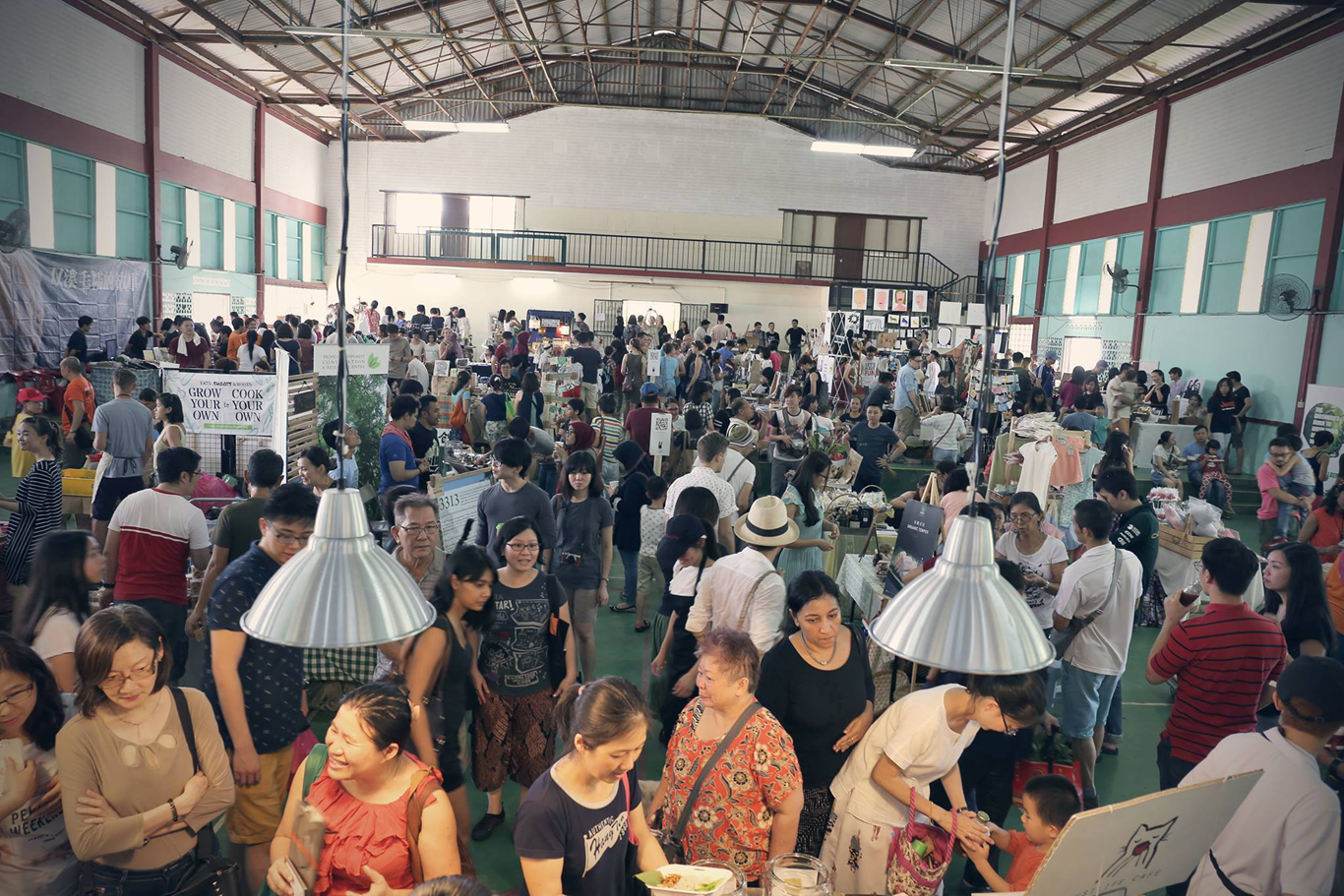
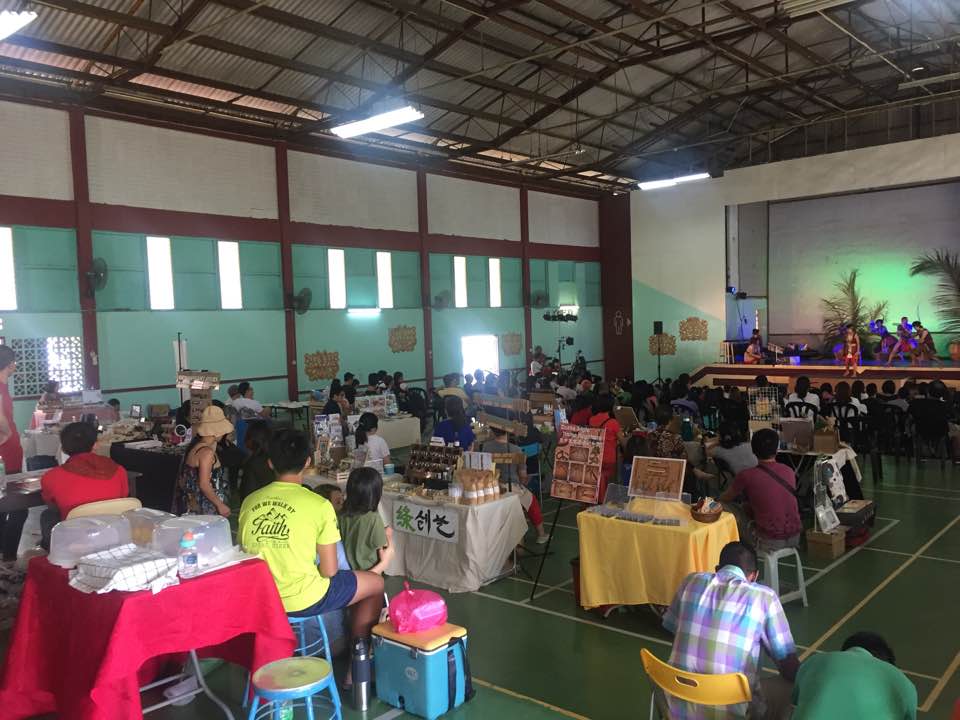
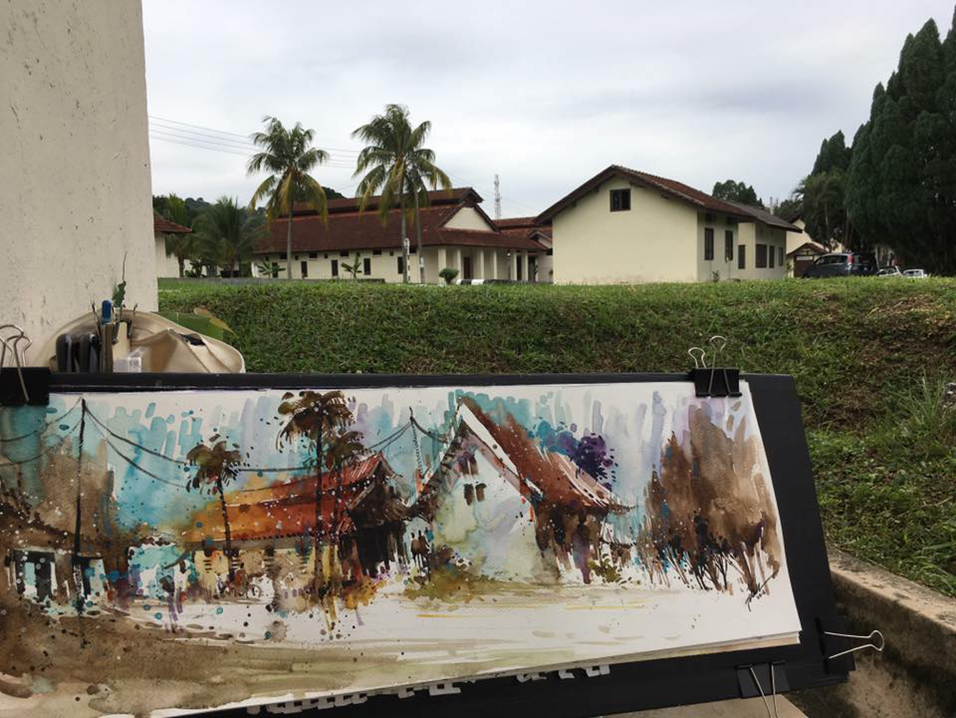

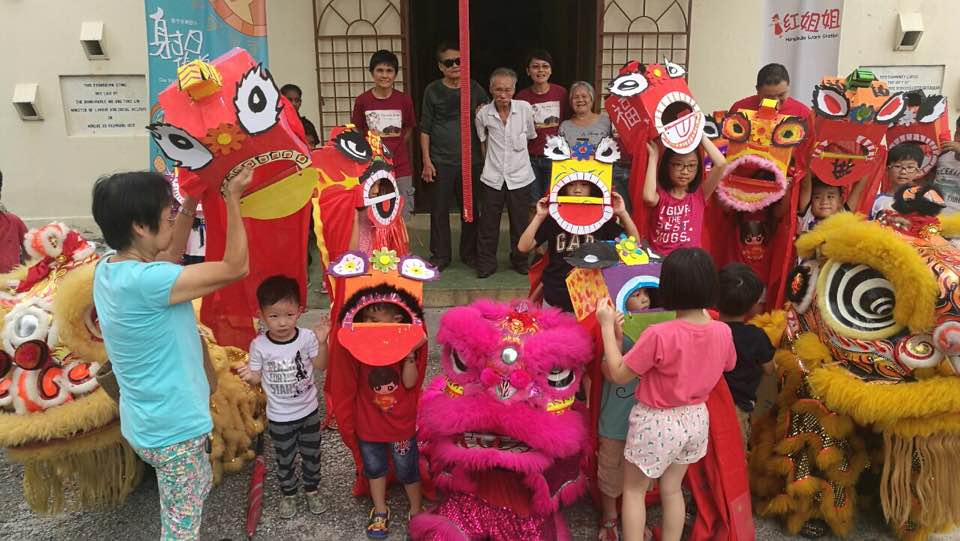
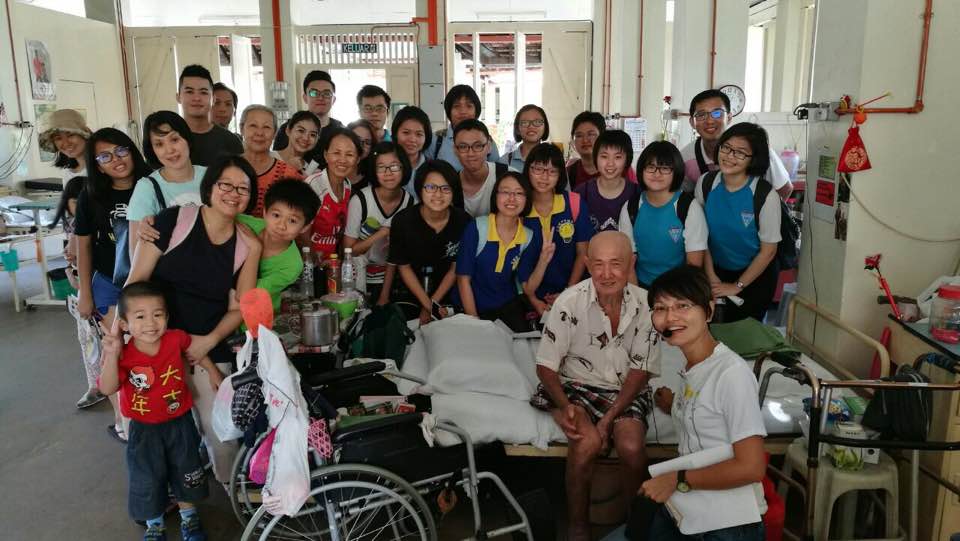
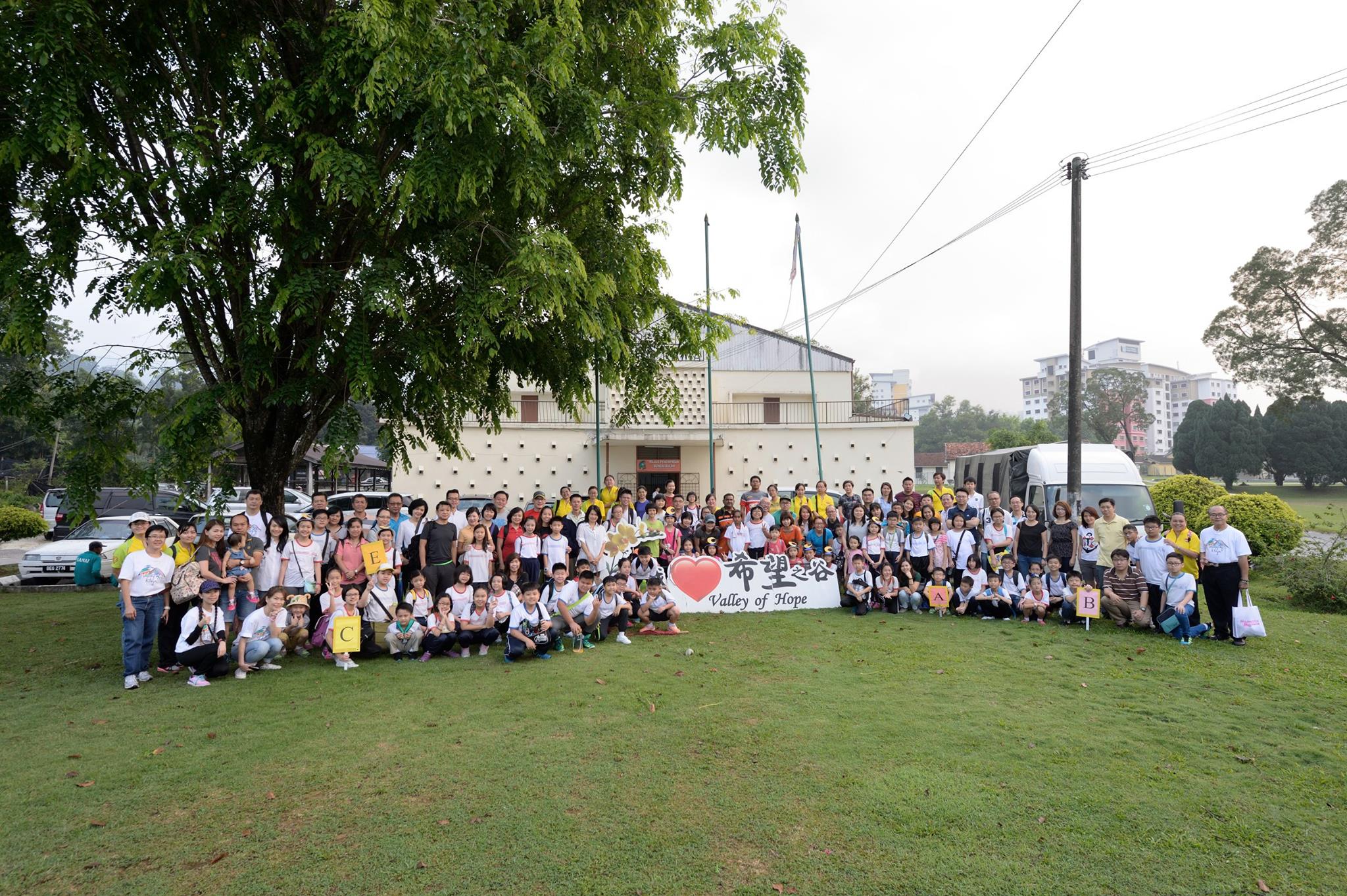




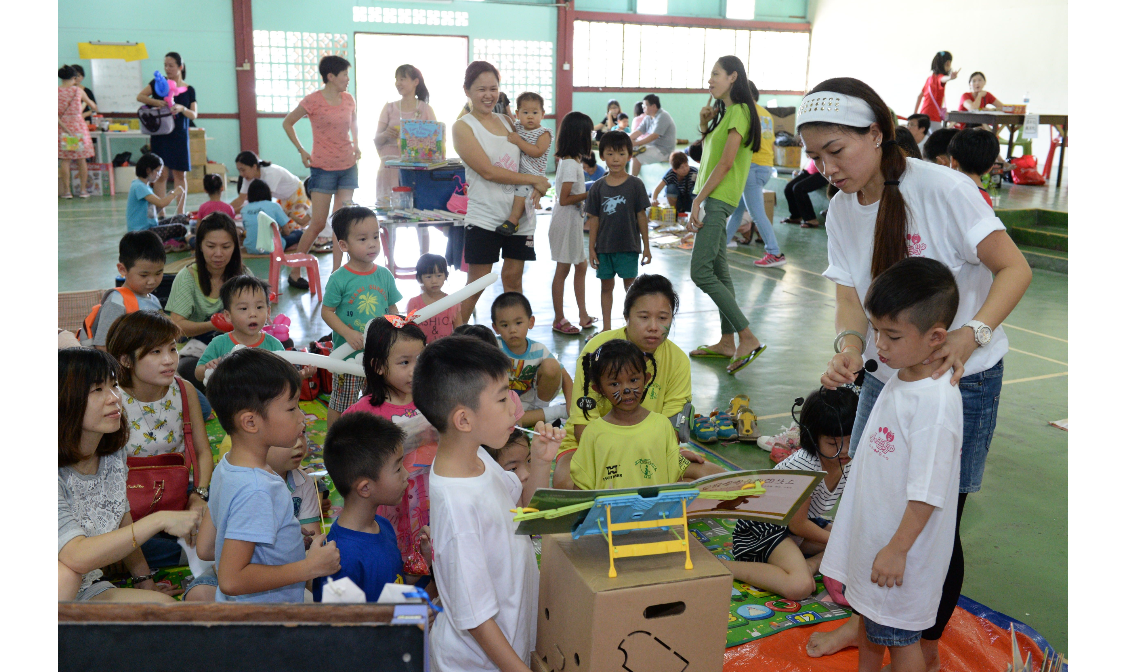
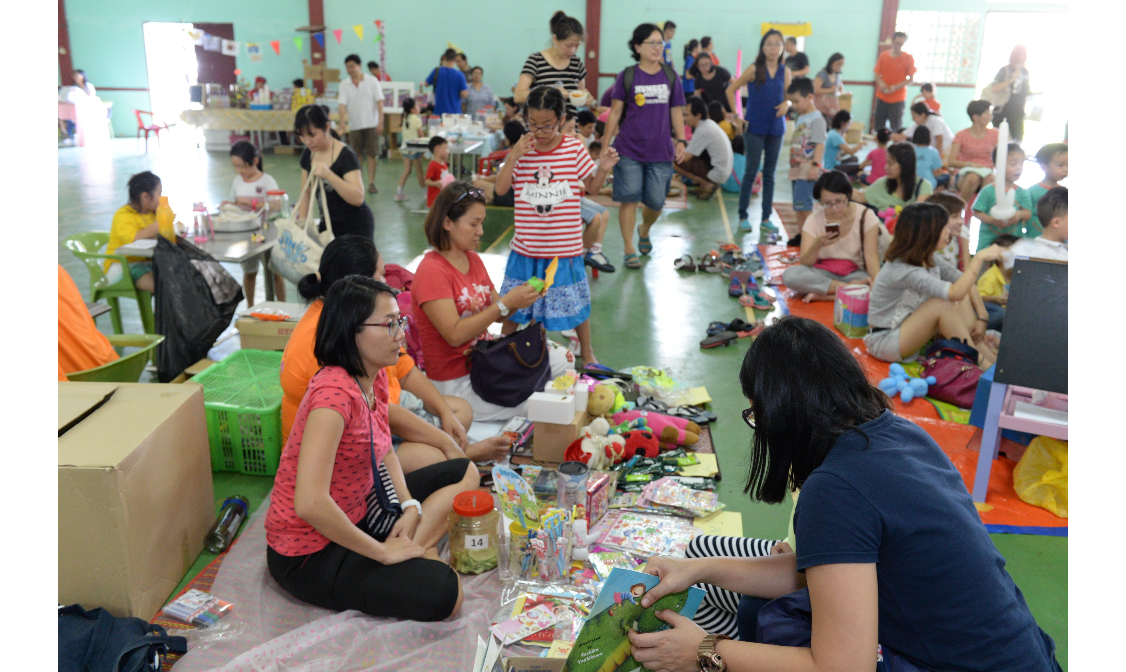
A story gallery to transmit life histories
During a council meeting in 2015, Tan Ean Nee proposed to establish a story gallery to preserve the inspiring stories of the lives of leprosy sufferers. After her proposal was accepted, the story gallery project dubbed: “You Are the Hero”, was launched on 14 August 2016.




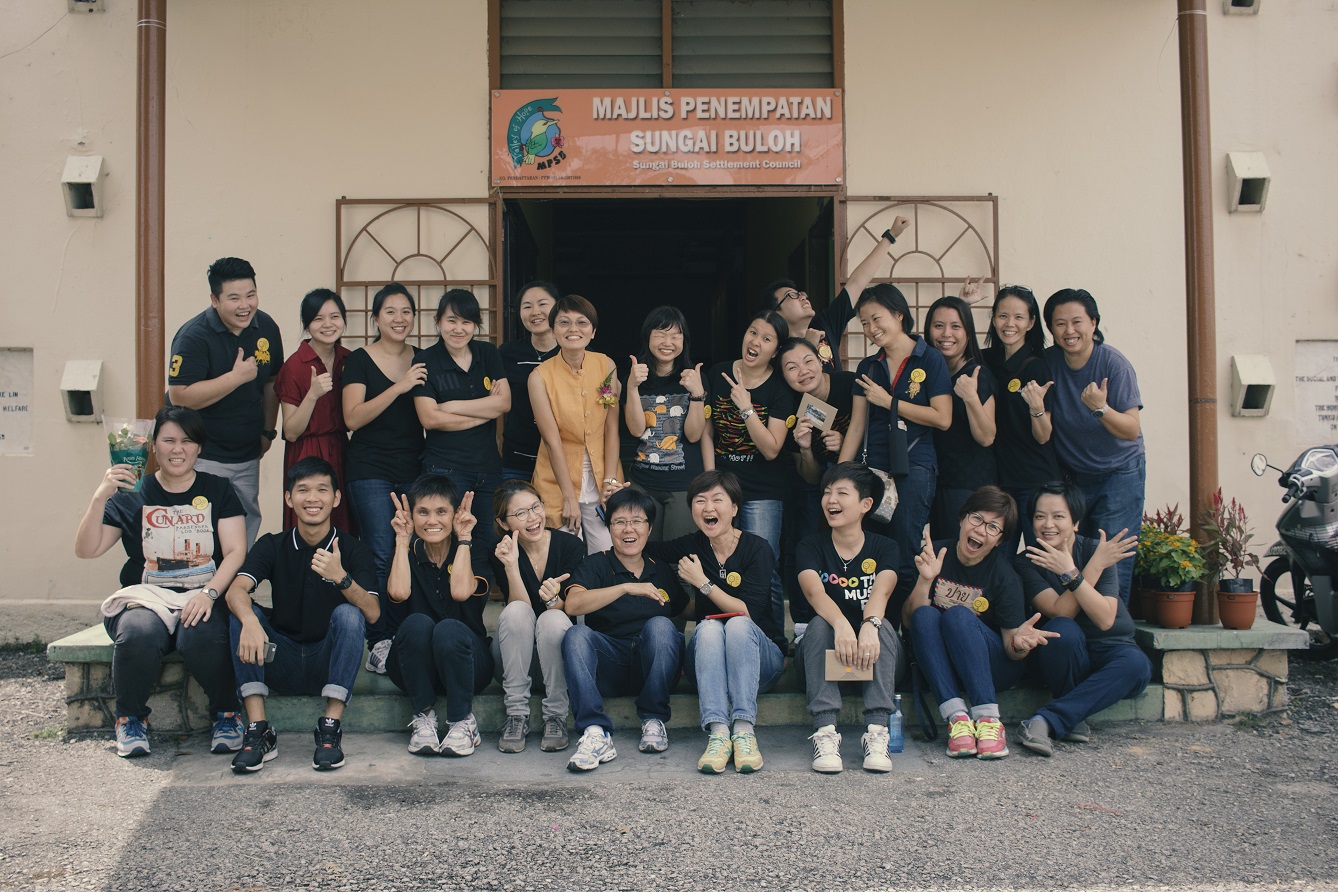
Tan Hing and Lee Chor Seng have spoken in a united voice that the objective of setting up the story gallery is to preserve the stories of leprosy patients; therefore the future generations will understand their lives in the settlement, as well as how the patients managed to come this far.
Tan Ean Nee, who initiated the story gallery project, said, “We named this project, “You Are the Hero”, because we think these elderly ex-patients have come a long way and have been through a lot in life since the time of segregation. By sharing what they have witnessed in life, each and every one of them can inspire the future generations, besides preserving the collective memory of the entire settlement.”
“We reckon that they have played a part in the development of effective anti-leprosy drugs by physically participating in the clinical experiments during the segregation. Secondly, they have made great contributions to Malaysia’s economy by cultivating the land in the settlement, growing flowers and plants, thereby transforming Sungai Buloh into a hub for horticultural wholesalers. They have also endured the pain of being separated from their children, when a previous policy mandated that their child be sent away, all in the name of protecting the next generation. These are all the great contributions they have made. We hope the story gallery can showcase their life histories and highlight their contributions to this settlement.”
Ean Nee says the story gallery will revolve around the inmates’ stories and the positive values of the cultural heritage, which is intangible, because what truly moves people are the meaningful and touching stories. She hopes that the story gallery will become a “cultural lobby of the settlement” that would attract visitors from the art, literary and academic community, and help them in their research and creations by capitalising on the resources of the cultural heritage. In this way, we can inject new vitality into the heritage of the Valley of Hope and eventually upgrade the settlement from a cultural perspective.
“The story gallery will offer a different experience from the ordinary visits to traditional artefact galleries, simply by “touch and go visit”, to prove that, “I was here”. The content of the exhibition and its interactive features have been designed from the users’ perspective to enhance personal experience and understanding. Therefore, we will utilise modern technologies that incorporates a user-centred design to help visitors feel as if they are part of the stories when they learn about the history, eventually turning their experience into a part of history. We hope that the story gallery will spearhead the settlement’s reconnection with modern society, help it stay relevant, and eventually resonate with the present world, so that our vision of establishing a historical and cultural park can be realised soon.
To push through the story gallery project, Tan Ean Nee has been actively fundraising through activities such as guided heritage tours, online crowdfunding, charity bazaars, charity performances, photography exhibition and other events, in order to raise RM500,000 for the first phase, which would go towards the construction of the story gallery and the collection of oral histories. While working on these, she had a new idea and vision – she hopes that the story gallery will become Malaysia’s first platform that also collects oral histories from its visitors.
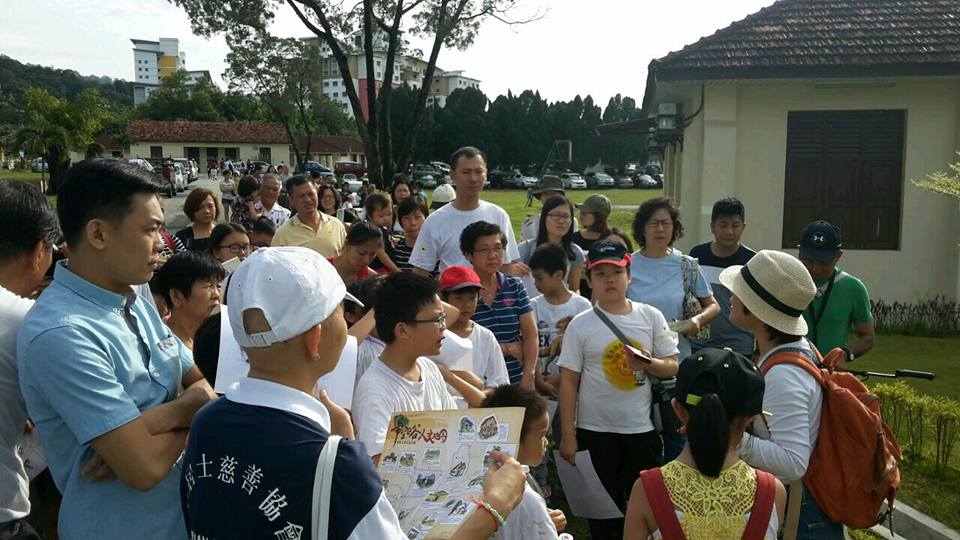

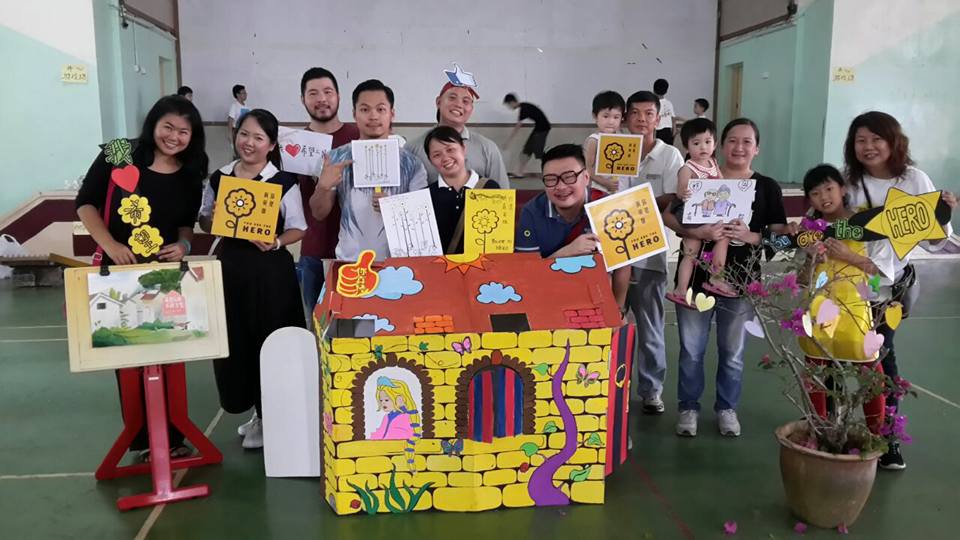
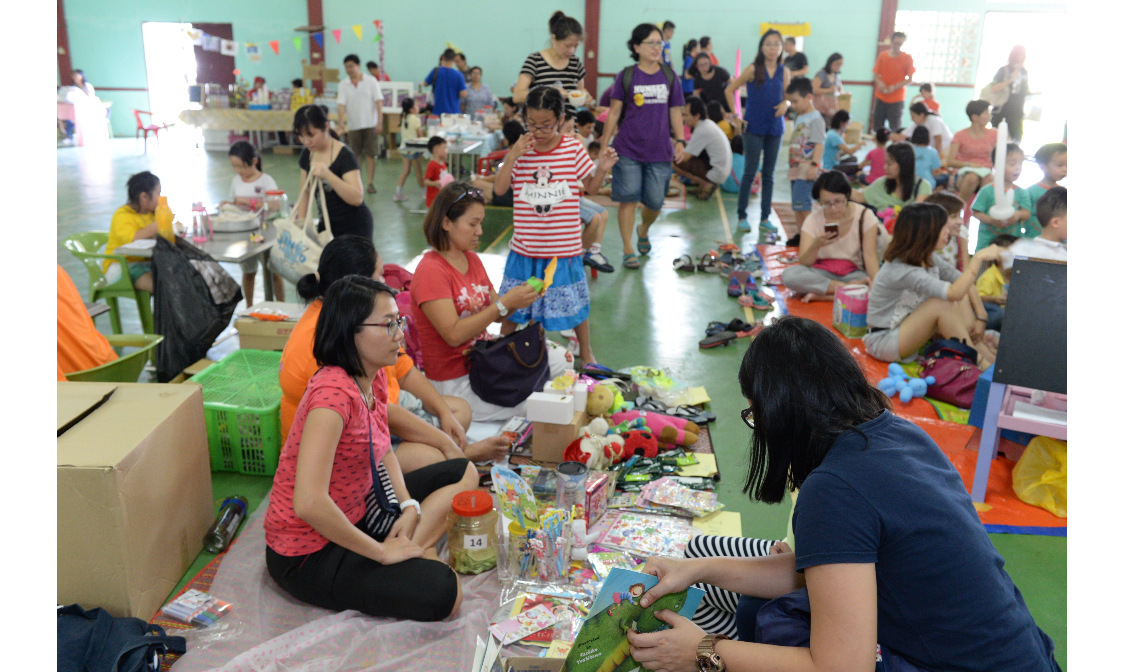
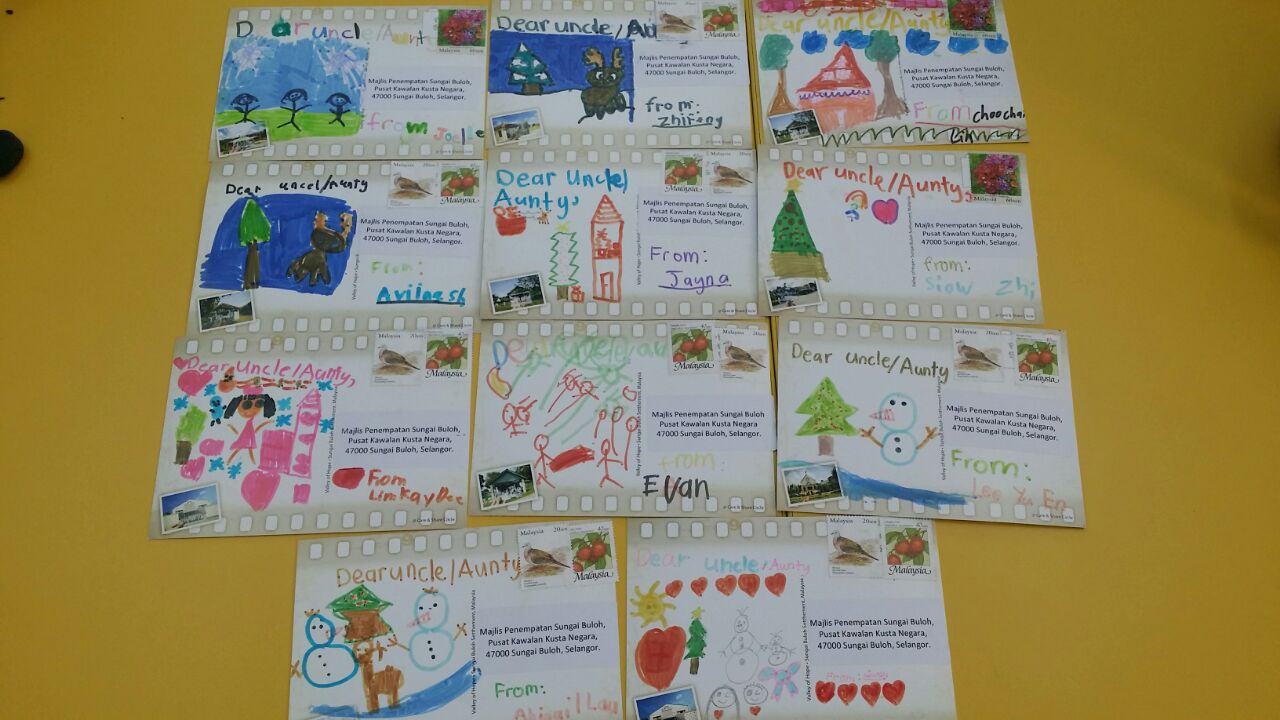






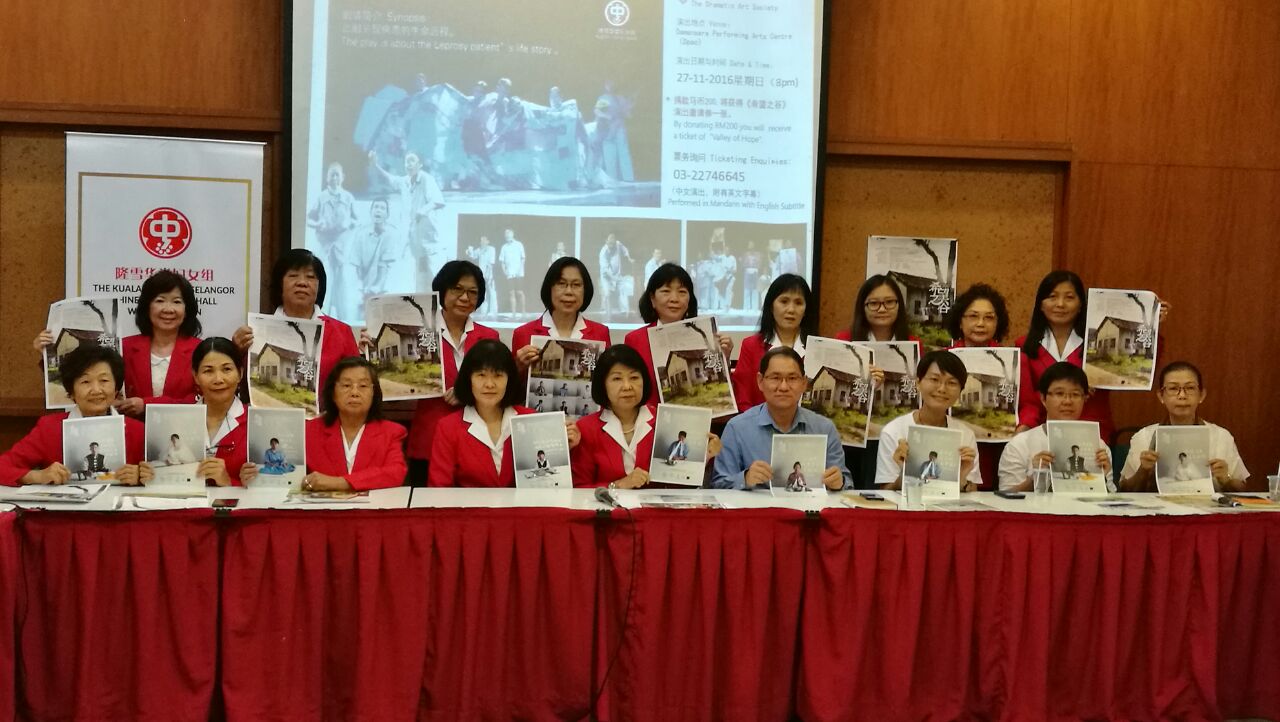
“This historical site is commonly associated with a disease. Somehow, every family will, at some point in time, face the threat of a disease or death. So we hope that this gallery will act as a starting point to get more people to tell their own stories, straight from the heart. When they are here for a visit and the experience happens to generate a strong emotion within them, they may also want to record their own stories and confront their greatest fear – be it a fear of a disease or death.”
“We hope that when they come to the story gallery after a guided heritage tour, they will have a comfortable space to tell their own stories and experiences in life. We will make available simple devices for them to record their own stories.”
Meanwhile, the settlement authorities are also working on six artefact galleries to turn the settlement into an open museum. The story gallery, upon completion, will be a part of the open museum, where the public can listen to the stories of the inmates, besides exploring the artefacts on display. The inmates living in the settlement also hope that the project would revitalise the heritage of the settlement upon completion. The reason is simple. According to Lee Chor Seng, “Turning the settlement into a lively place would allow more people to learn about leprosy; also, once it becomes a tourist spot, there would be opportunities for starting small businesses here and it would be easier for us ex-patients to make a living.”
Teoh Chee Keong presenting the design concept to the hospital authorities. (photo by Tan Ean Nee)
Ng Sek San (sitting in the middle) explaining his landscape design to the hospital authorities.
(photo by Tan Ean Nee)
Dato Dr Khalid Ibrahim (sitting in the centre) gave his strong support to the Council’s Story Gallery Project. (photo courtesy of Teoh Chee Keong)
Interviewed by Chan Wei See & Wong San San
Written by Chan Wei See
Translated by Zoe Chan Yi En
Edited by Low Sue San














